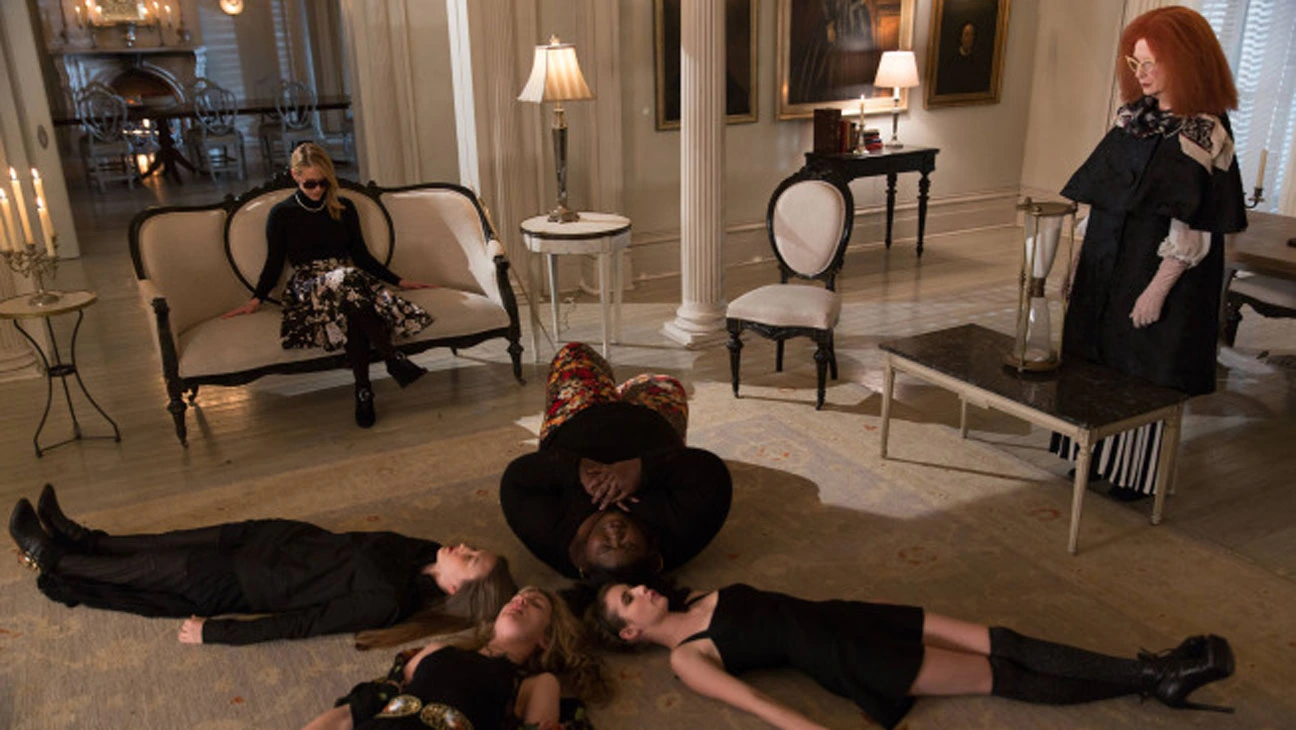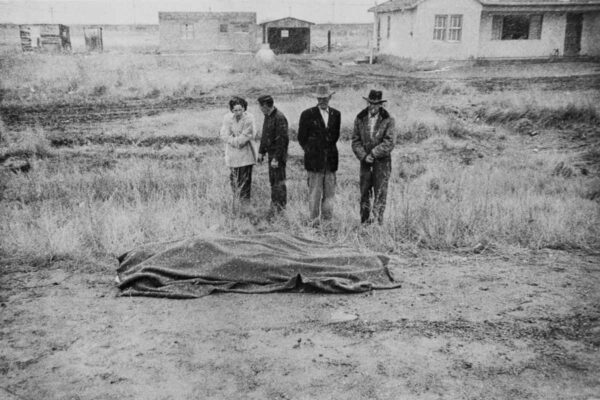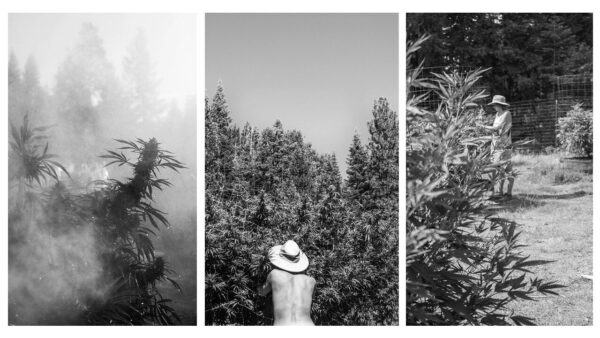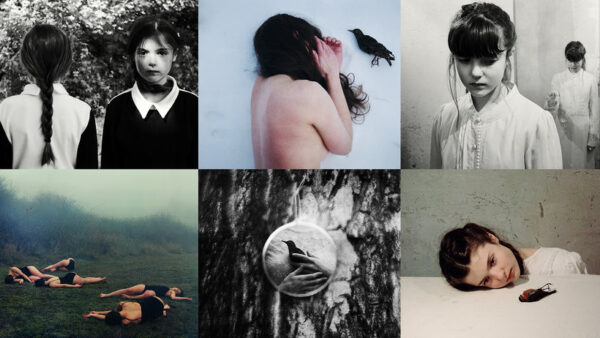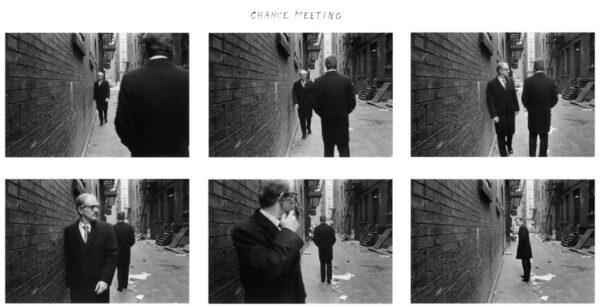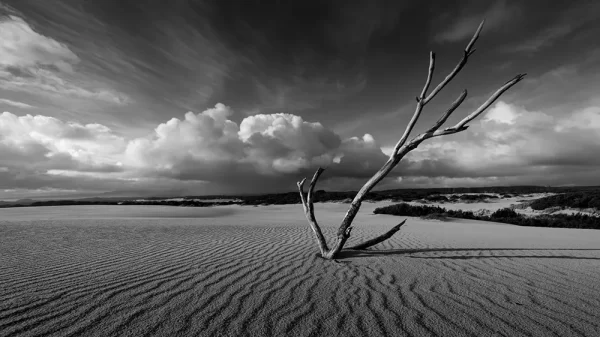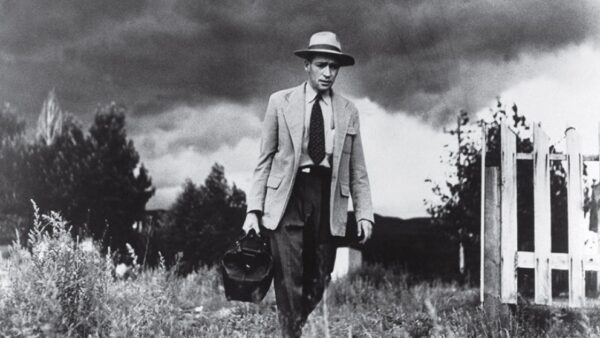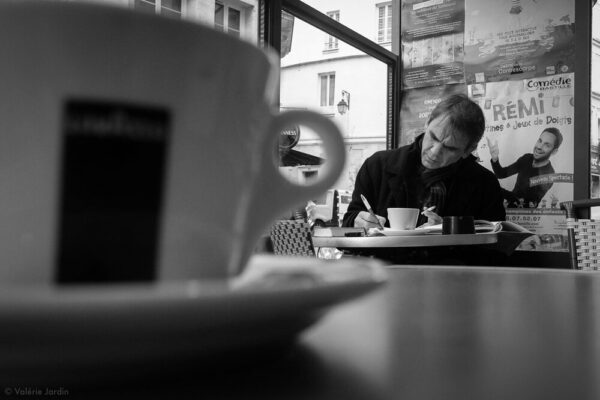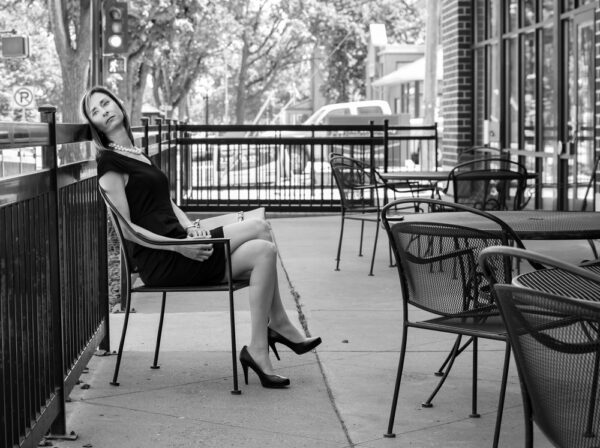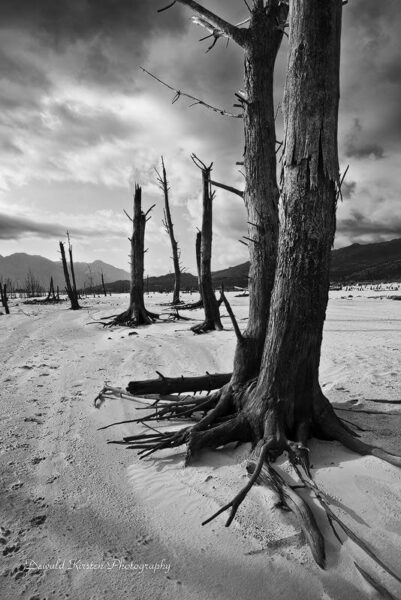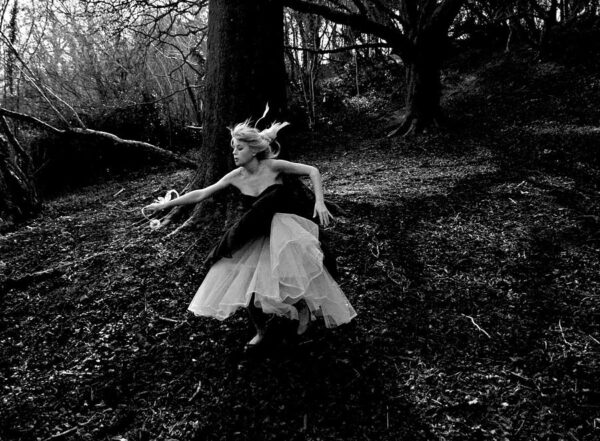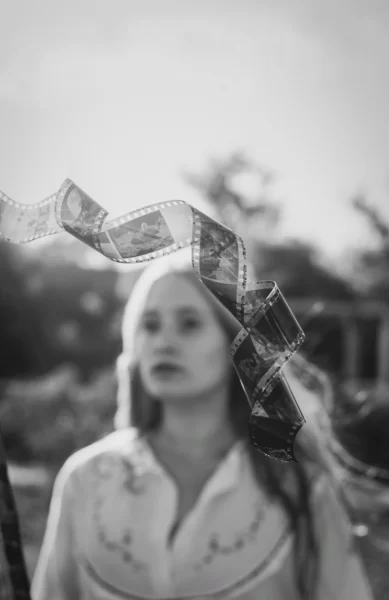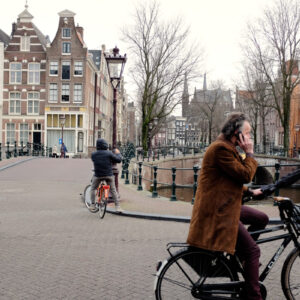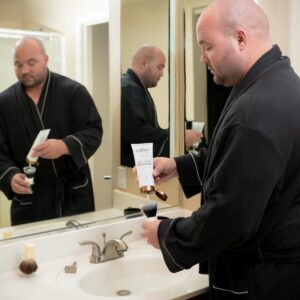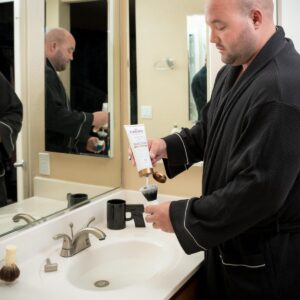2022 SPRING 40: ASSIGNMENT FORTY: CREATING AND PRODUCING A NARRATIVE USING PHOTOGRAPHY
TELLING STORIES WITH PICTURES: THE NEW COMMERCIAL APPLICATIONTHE NARRATIVE PHOTOGRAPH
DUE NOVEMBER 15, 2022
FROM WIKIPEDIA
Narrative photography is the idea that photographs can be used to tell a story. Allen Feldman stated that “the event is not what happens. The event is that which can be narrated”. Because photography captures single discrete moments, and narrative, as described by Jerome Bruner is irreducibly temporal, it might seem photography cannot actually represent narrative structure. Susan Sontag made this objection in her book, On Photography:
“The ultimate wisdom of the photographic image is to say: ‘There is the surface. Now think — or rather feel, intuit — what is beyond it, what the reality must be like if it looks this way.’ Photographs, which cannot themselves explain anything, are inexhaustible invitations to deduction, speculation, and fantasy…Strictly speaking, one never understands anything from a photograph… Nevertheless, the camera’s rendering of reality must always hide more than it discloses. As Brecht points out, a photograph of the Krupp works [munitions factory] reveals virtually nothing about the organization. In contrast to the amorous relation, which is based on how something looks, understanding is based on how it functions. And functioning takes place in time and must be explained in time. Only that which narrates can make us understand.”
However, Susan Sontag is wrong.
A photograph can provide a narrative when it is used in conjunction with other photographs that narrate as well. These images are used to construct a sort of timeline that the viewer intuits by the hierarchy of the images presented. Image 1, image 2, image 3, and so forth. The presentation is necessary to tell a story using the images and the viewer’s capacity for understanding what is missing. In fact, the viewer may also interject their own experiences into the gaps. This means the narrative can be personal.
For this moment we are not discussing the addition of text as the text itself would be a narrative in the linear fashion described by Sontag.
Let’s see how this works.
Here is a single image that is narrative in its own right.
I do not have a clue about what is happening in the photo above, but I can say for sure that none of us look at it and think that it is simply a photograph of people lying on the ground. There is more there.
And we begin filling in the missing narrative. Are we correct? Most likely not, but our shared knowledge of visuals, wardrobe, power positions, artifacts and icons, composition, and more, lead us to some conclusions. They may not be right, but we could all expound a bit on what we think was happening in the photo.
And that is a narrative. More than a description or a caption.
A description could be something like: “Four young people lie on the floor while two other women watch over them”.
A caption maybe something along these lines: “A scene from a play featuring four young actors and two academy award winners”.
Neither is a narrative.
“As night fell, the sand began pouring through the glass with a soft and subtle sound. A terrifying sound, nonetheless. The women began to feel energy once again flowing through their veins and were on the verge of awakening when…”
Narrative: Story.
The image shows us that story, it breathes that story. Or the one you made up when you first saw it.
Did you think it tragic?
Did you think it heroic?
Did you think a terrible event had taken place?
Or at least a very definite event?
The bodies lying in a design tell us something.
The woman with the dark glasses to the left tells us something.
The woman standing, leaning a bit forward tells us something.
That something is narrative, and that narrative is our own since no other image accompanies it.
Here are some links to examples by commercial photographers and how they handle narrative photography.
Dave Hill’s “Don’t Hate Kate” story shot as stills. Note how each frame tells a story, no matter the preceding or following frame.
DON’T HATE KATE // 35mm Teen Horror Series from Dave Hill on Vimeo.
Here is the series he shot on Behance

NOTE: In the above feature, some of the images can stand alone, but some of the images are transitional. Think B-Roll sort of stills. They are not powerful enough to stand by themselves, but they are used to visually move the story along,
This is part one of the assignment:
Make an image for either a Shampoo brand, or a Bicycle brand, and tell a story with the image. Beyond a product shot, this image must invoke something deeper than the surface of the image.
SHAUNA CALDWELL: BELONGING
“shauna caldwell is an Appalachian artist, educator, curator, and scholar rooted in her hometown of Boone, North Carolina. She uses multimedia and photographic processes to honor land, familial connections, sacred relationships, and transformation. Through her work, she explores collaborative opportunities for the expansion of Appalachian placemaking through the arts and loving community. caldwell received BFAs in both Studio Art and Art Education, an MA in Appalachian Studies, and an advanced graduate certificate in Non-profit Administration at Appalachian State University. She has exhibited her work locally, nationally, and internationally and was recently awarded a Julia Margaret Cameron Award for Women Photographers as part of The Worldwide Photography Gala Awards.”
LINK to the article.

